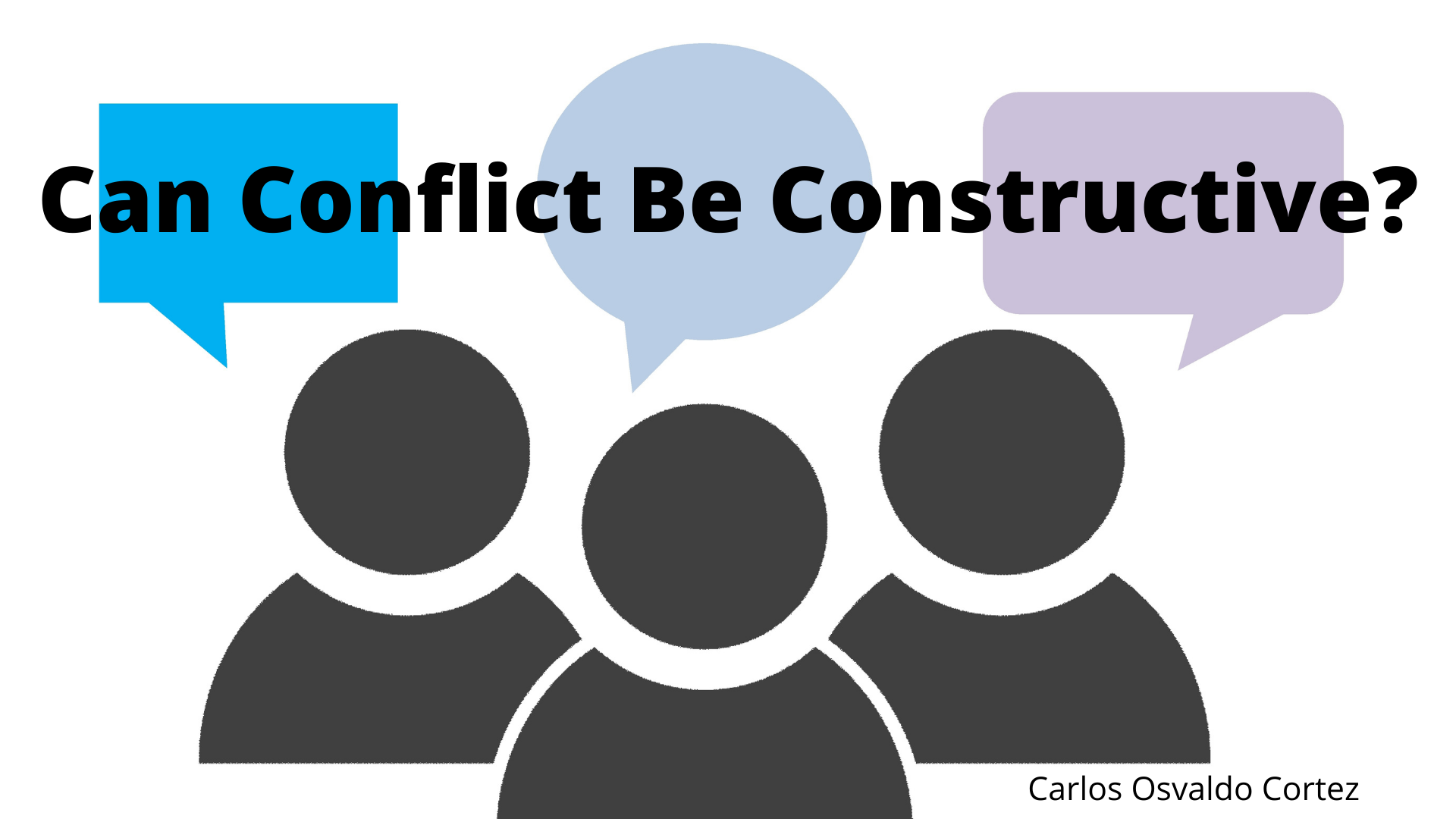
Leaders spend between 20 and 40 percent of an average workday managing conflict. In an ideal world administrators, teachers, and parents work together for the common good of children. Unfortunately, conflict is inevitable, and dealing with it is a part of an educational leader’s job.
There are a number of sources of friction between administrators and teachers. These issues include supervisory feedback, issues with parents, conflicting instructional philosophies, handling student discipline, and working conditions such as duty assignments and schedules. Recently there has been an uptick of backlash for educators due to the adaptations of remote learning. All of these issues are typically placed at the doorstep of educational leaders, such as principals.
In certain surveys, teachers and other professionals agreed in alarming numbers that the stress involved with being an educational leader was simply not worth it. Often it seems that when a leader complains about the job their frustrations are often pertaining to conflict. Conflict with parents, teachers, and other staff members easily ranks as the “least enjoyable” part of the job and is a leading cause for principals, superintendents, and other leaders to quit or transfer to another school.
Of course, it is imperative that skilled leaders must effectively mitigate conflict. In order to share vision leaders should be prepared to deal with discord and a bit of resistance. Many people have a long-standing fear, and even a natural resistance to unleashing tension and confronting problems, but can we reshape how we view and handle conflict in order to improve our educational system? Furthermore, if so, can conflict be constructive?
When properly handled conflict can result in clarification of important issues and problems. Solutions can be created and authentic communication can be promoted. In order for conflict to be constructive, there must be an understanding of the three basic responses people have when a problem arises. Within leadership, there are three key reactions and they are very simple to distinguish, however they are not all the correct way to go about resolving an issue.
The 3 A’s
Leaders have three classic reactions to conflict and these reactions are often referred to as “the 3 A’s”. The first is avoidance. While avoiding conflict is not always the worst option, there are some situations where ignoring or avoiding an issue can create bigger problems. Sure, there are times when we must pick our battles, there are also times where we cannot avoid being uncomfortable.
The second A is for attack. The attack response to conflict includes punishments, threats, and rewards. This is when an “us versus them” mentality can often come into play.
The impact of avoidance and attack are surprisingly similar. Whether we avoid a problem or get upset and react negatively, the issue does not disappear.
The last of the A’s is the most powerful and should be utilized as often as possible. Addressing conflict can not only empower people but can also help to improve situations and elevate the voices of those in distress.
Now, how do we use this knowledge of conflict responses to improve how we handle important issues? Have you ever heard of conflict-agility?
Conflict Agility
Conflict-agility describes the strategies used by leaders to harness the issue while striving to reduce negative outcomes and service everyone involved. No one is naturally great at this practice as it requires continuous practice, however, building the ability to make conflict constructive is fairly simple.
While it is natural for a leader to feel defensive when faced with criticism doing so is detrimental. Instead, when faced with conflict leaders must remember to take a moment and observe that there is potential to be angry, while simultaneously slowing down and looking at the big picture. Avoid reacting quickly or trying to justify a decision. Take a breath, make sure you’re present, and actually listen to the whole of the problem. The objective of this is to gain a fuller more balanced understanding of the situation and create room for clarity. When we truly listen we don’t think about our response, but first, come up with any questions we have in order to understand everyone’s perspective better. It is the leader’s responsibility to foster conflict-ability in their team.
Often conflict arises when there are competing values. Grades, lesson plans, and assessments are important to everyone on a sliding scale. It is typical to have questions about the allocation of resources or the expectations of teachers. It is not easy to change someone else’s values, in fact, it is not usually necessary to do so.
Leaders must directly engage with those being impacted directly and identify the needs of that group. Do not make the mistake of simply disagreeing, but focus on creating actionable ideas and find a way to measure the progress once a plan is put in place. Encourage thinking outside of the box and harness the ability to collaborate as the education system is filled with professionals from all walks of life and schools of thought. There is strength in conflict as long as there are leaders in place who know how to navigate it.
Originally published on Carlos Osvaldo Cortez’s website.

